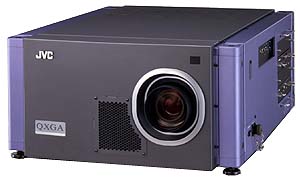Camp
Senior HTF Member
- Joined
- Dec 3, 1999
- Messages
- 2,301
Most, if not all, currently available LCD, DLP, & Plasma sets (that I've seen) only run up to 720p. I'd like native 1080i as well. When can we expect to see TVs using these technologies at 1080i?
Last I heard broadcasters were sketchy with plans for 720p.
Last I heard broadcasters were sketchy with plans for 720p.

